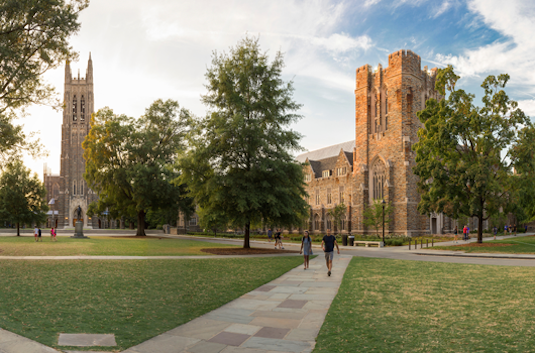Synthesis, Functionalization, and Characterization of Dominant UV Emitting Upconverting Nanocrystals and Absolute Quantum Yield and Power Dependence Metrics for the Elucidation of Upconversion Mechanisms

Research initiatives were set forth to pursue the development of necessary components and metrics of a nanotherapeutic device, centralized about the unique photophysical properties of lanthanide-doped upconverting nanocrystals (UCNCs). These UCNCs were optimized utilizing ~10 nm, Thulium (Tm3+) doped, ¿-NaYbF4, integral Ytterbium (Yb3+) compositions, exhibiting dominant UV-emissive transitions from the Tm3+ dopant, via 972 nm NIR Yb3+ excitation. This composition was monodispersely generated with trivalent ion co-dopants (e.g. Ga3+, Cr3+, etc.) to further enhance the UV emissivity of the UCNCs and characterized as to the crystal field origins and photophysical implications thereof. Further enhancement and surface passivation of the UCNCs was achieved via the deposition of ¿-NaYF4 shell architectures of varying thickness, to ameliorate phonon-coupled energy transfer quenching and resulting UC emission reduction, and interrogate the most efficient means to do so (via crystallographic defect removal or distancing from solvent vibrations). These architectures were solubilized into polar media through a poly(ethyleneimine) (PEI) ligand substitution to determine the most effective UV-emissive UCNCs for device construction. Proof of concept, covalent protein tethering to PEI-UCNCs was conducted and reported absolute quantum yields versus total radiant flux metrics of size-dependent, literature standard UCNCs were utilized as figures of merit for assessment of nanodevice performance.






